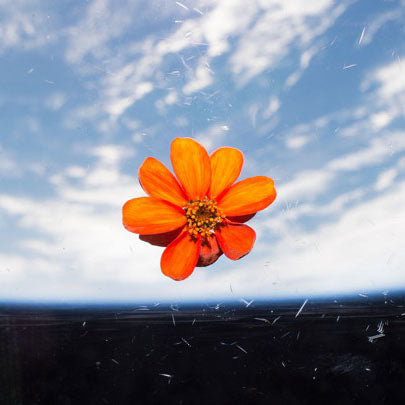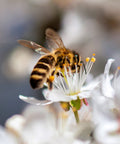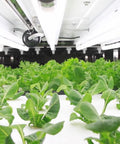
If we want to live in space, we’ll need veggies to eat and flowers to admire...
Space is a fascinating place. While most people have never actually been to space, many ponder about what lies beyond the sky. Only a select few have been fortunate enough to venture out into the vast universe. They have walked on the moon, lived on space stations and have taken sub orbital trips from space around the Earth. These are great feats, but humanity wants to go further with exploration.
One way NASA is trying to accomplish this is by introducing Earth lifeforms into the universe. Plant-based lifeforms from Earth could go a long way with helping people establish a permanent presence in the celestial sphere.
Everyone Wants To Grow Plants In Space

Plants are grown in space for the purpose of transplanting and reproducing Earth’s environment in foreign environments. NASA and other international space agencies around the world primarily grow plants to help feed astronauts, research the effects of plant life in space, and to provide psychological benefits for space explorers. However, they’re also being grown to figure out how they can be used to help future travelers and settlers occupy various regions of the universe.
Once a space agency establishes a permanent colony on the moon or another planet; plant life will be introduced into that environment. Trees, flowers and even grass will all be necessary for helping humans settle into their new life outside of Earth. The ongoing research regarding plant life in space is critical to the overall future of settlements.
Why Plants Cannot Traditionally Grow in Space

Plants can’t grow in space on their own. It’s reported that the martian soil on Mars is loaded with dangerous substances, notably chlorine-based compounds such as calcium perchlorate, which is present in levels that are toxic to humans. The the moon’s soil isn’t suited for growing plants either; lunar soil is 'regolith', an inorganic volcanic rocky substance that loosely lies over solid rock - leaving no space for plants to take root.
Space is also missing crucial growth elements that play a major role in plant’s success. Carbon and oxygen would simply “float” away because there is no atmosphere to keep them in place. Water, a key element, is also missing as there is no natural moisture in space. Providing sunlight in space would also be elusive since natural space environments either receive way too much or not nearly enough sunlight.
Needless to say, Earth’s atmosphere and natural design provides the perfect environment for growing plant-based life forms. No other part of the universe that we’ve discovered yet has this ability.
NASA's Space Garden

NASA started to grow plants in space when they realized the benefits of plants for astronauts. They first started this process on the International Space Station (ISS), humankind’s sole laboratory above Earth. Here, plants are cultivated inside special chambers equipped with artificial lights. Seeds are planted in nutrient-rich soil-less substance with fertilizer pellets (similar to the technology used in ēdn SeedPods for plant growth indoors). Due to the absence of gravity, water is unable to flow on its own and must be administered carefully and precisely to roots.
What Has Worked

NASA and other space agencies have figured out that plants can indeed grow in a low gravity environment. They now use LED lights to act as the sun and provide plants with ample light. Technology such and infrared sensors also help to monitor the plants and provide astronauts with precise data for each plant. Astronauts are not required to spend a lot of time growing plants in space, but so far they have managed to successfully grow several varieties of lettuce, radishes, peas, zinnias, and sunflowers, with dwarf tomatoes being their next experiment. Plant growth in space continues to provide positive results, and one day there may even be houseplants traveling to the cosmos.
What Will Space Plants Look Like?

Once NASA and other space agencies figure out how to efficiently produce plant life in space; space travel will excel. People will be able to stay in space longer and they will eventually be able to establish permanent colonies throughout the universe. With climate change on the rise, more and more are looking to the skies for alternative locations that humankind can relocate to. Plant life could even be used to help create artificial atmospheres one day, but only time will tell.
The sky is no longer the limit for plants to thrive.








